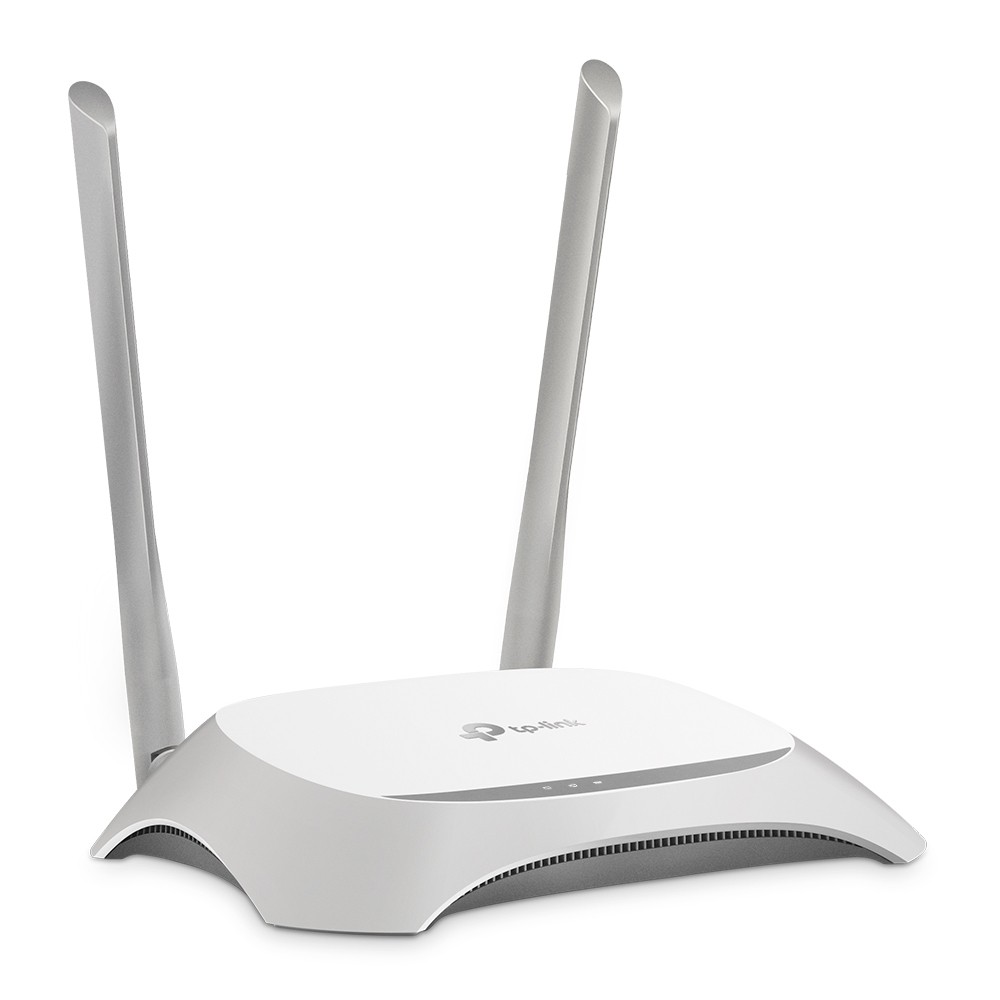

- Port serial tplink 941n how to#
- Port serial tplink 941n install#
- Port serial tplink 941n Pc#
- Port serial tplink 941n download#
- Port serial tplink 941n windows#
My DKU-5 cable came with a CD containing drivers.
Port serial tplink 941n install#
If not, you will need to install adequate drivers from Web. The serial TTL cable will be recognised by your PC.
Port serial tplink 941n Pc#
Paste into tftp subdirectory the firmware you downloaded, and rename it code.bin for sake of easy identification.Ĭonnect the serial TTL cable to your PC (you will have already connected to your router as shown above in this tutorial).
Port serial tplink 941n windows#
My PC’s OS is Windows XP.ġ) firmware openwrt-ar71xx-generic-tl-mr3420-v1-squashfs-factory.bin from Openwrt site to your newly created folder where you will have the whole project.Ģ) tftp for Windows from to your folder in a subdirectory called tftp.
Port serial tplink 941n download#
where you will download some of the files you will require. It is a good idea to create a folder in your PC to. We will now follow the procedure advised by the polish language site. Connect the TTL cable to the router as shown: Note: A special thank you is due to Filipe Avelar, external salesperson in ALIATRON (my company) that soldered for me the resistor, and crimped the TTL cable terminations. Now we are ready to finish up the cable we have crimped before as shown: So turn over the router´s PCB, and solder a 10K ohms resistor as shown using as support the terminations of the Molex male connector we have soldered before: This is because the Tx pin is connected to a voltage divider (2×5.6k) and a capacitor is put between the real pin and the Tx connector. To get the serial connection work reliably, you have to connect a 10k ohms pullup resistor between the Tx and the Vcc on the PCB. So here is an image of the connector already soldered on the router´s PCB:
Port serial tplink 941n how to#
For learning to solder, and to remove the solder with desoldering pump there are some nice Youtube videos on the Web showing how to do it.Ĭonnect the male Molex connector (I have used a 4 pin connector to facilitate next connections, you can read about below in this tutorial). You will need to add a bit of extra solder and flux to remove the solder in these holes. Remove the solder covering the holes with desoldering pump in order to mount the male Molex connector. The following image shows the pinout exactly as on the router’s PCB: Identify where you will connect the cable you just prepared (on the PCB from left to right: Tx, Rx, Ground, Vcc): All of following images refer to TL-MR3420 v1 router.

Open carefully the router taking out also the front end with reflectors of the LEDs, in order to be able to remove the router´s PCB. On the bottom side of the router, there are four round rubber pads that you will need to remove, and below these you will find four screws that you have to unscrew in order to open the router:Īvoid static electricity as it can cause real damage to your router! The easiest way to dissipate static electricity is to use an antistatic wrist strap, which connects to your local AC ground. If you want to learn to crimp, there are nice Youtube videos showing how to do it.īefore finishing touches with the serial TTL cable, we need to go forward and prepare the router for programming with this cable.

I crimped the wires at cable end with Molex crimps as shown (we are going to use Molex connectors): In my case white wire corresponds to Tx, yellow corresponds to Rx and green corresponds to Ground. It is quite easy! You just need to use a multimeter, and check continuity on the NOKIA connector, that is which wire corresponds to what for Tx, Rx and Ground: Tx, Rx and Ground required for TTL connections on the router. You need to know which wire corresponds to what i.e. Cut the cable at extreme end next to Nokia connector as shown, and expose the wires: You need to buy a cheap Data cable DKU-5 or CA-42 (I bought a DKU-5 cable from a local Indian shop for 6,00€)ĭKU-5 cable is used for data connection in old Nokia phones. If you dont own a serial TTL cable, it is easy to make one. This is not the same as ordinary RS232 cable used in PCs such as USB->RS232 cable. You need to know a bit about soldering, and have a bit of cabling skills and adequate tools such as a crimping tool. The only way to debrick this router is through a serial TTL cable. That is exactly what I did with my TL-MR3420 v1 router. When upgrading a router such as TP-Link´s MR3420, if one does not take adequate measures, one risks to brick it.


 0 kommentar(er)
0 kommentar(er)
